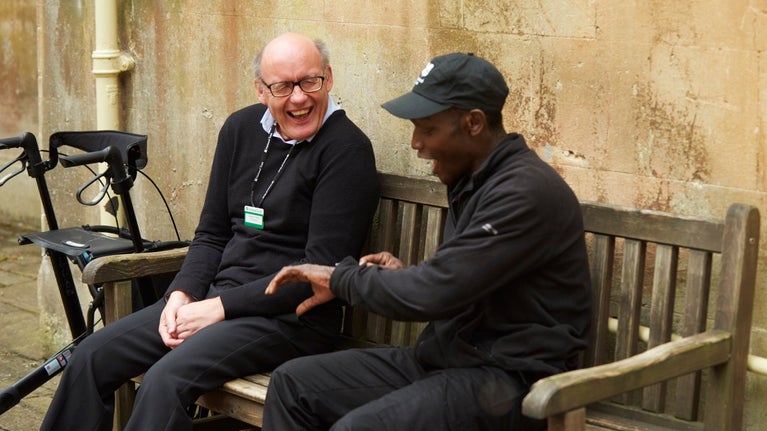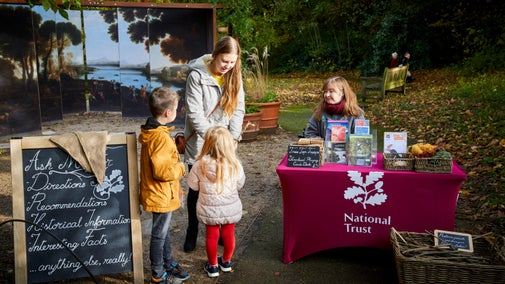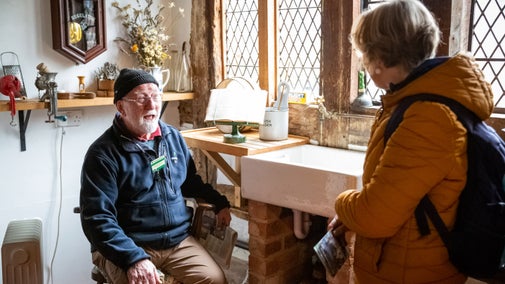
Search our volunteer roles
Whether you're looking to help in the great outdoors, work with the public or get up close and personal with the houses, take a look at what's happening near you.

With over one million collection items to look after at over 200 historic places, we are busy all year round carrying out vital conservation work. We wouldn’t be able to do it without our dedicated volunteers.
From our volunteer room stewards, who help bring the stories of special places to life for our visitors, to archive and conservation volunteers, who help to care for and catalogue collections in our care, our volunteers do some incredible work.

Since volunteering there I’ve come to love the wonderful old house and getting up close and personal with some of the objects in the collection.

Whether you're looking to help in the great outdoors, work with the public or get up close and personal with the houses, take a look at what's happening near you.
These frequently asked questions should give you all you need to know about who can volunteer, what it involves and how to apply.

Have you ever wondered what it’s like to volunteer with us? From perfecting the art of lavender topiary to giving talks at historic houses, a selection of volunteers share their stories about helping out at some of the places we care for.

Discover why the issue of protecting historic surfaces from dust is important to conservation work.

There are hundreds of different ways you can volunteer for the National Trust at historic houses, in the gardens or at the many coastal and countryside landscapes we care for.
